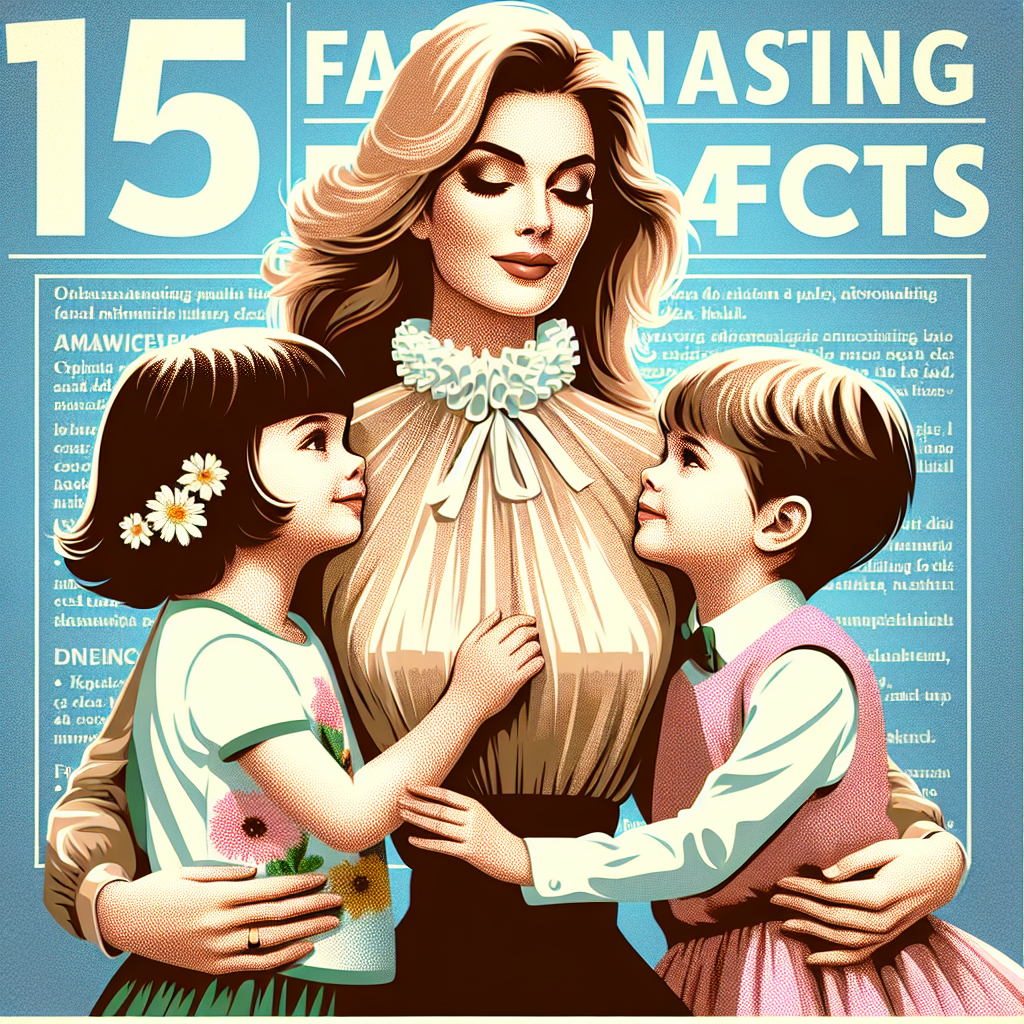Sienna, often referred to as "siennese," is a warm, reddish-brown color that has captivated artists, designers, and nature lovers alike for centuries. But Sienna is more than just a color—it is a term steeped in historical significance, cultural relevance, and artistic beauty. In this article, we will explore the origins of the color Sienna, its role in nature, its significance in art and culture, and its modern applications. We will also answer some frequently asked questions about Sienna to provide a comprehensive understanding of this vibrant hue.
The Origins of Sienna
The name "Sienna" originates from the Italian city of Siena, located in the Tuscany region. This charming city has a rich history, dating back to the Etruscans, and played a significant role during the Middle Ages as a hub for commerce, art, and culture. The name "Sienna" is derived from the clay found in the surrounding hills, which has a unique reddish-brown color due to the iron oxide content in the soil. This clay became known as "terra di Siena" and was used to create the pigment that artists have cherished for centuries.
The Color Spectrum of Sienna
Sienna can be divided into two primary shades: raw sienna and burnt sienna.
Raw Sienna
Raw sienna is the lighter and more translucent version. It has a warm, earthy tone that resembles the color of wet clay. This pigment has been praised for its versatility in painting as it effortlessly blends with other colors, especially lighter shades and earth tones. Raw sienna evokes feelings of warmth and serenity, making it a popular choice in landscape painting, especially when depicting sunlight filtering through trees or autumn leaves.
Burnt Sienna
Burnt sienna, on the other hand, is created by heating raw sienna, which deepens its hue and gives it a richer, darker quality. This pigment has a more intense, almost velvety character and is often used to add depth and contrast within a composition. The darker undertones of burnt sienna can be used to depict shadows, textures, and complex forms in various artistic techniques.
Both raw and burnt sienna pigments have played an essential role in the palettes of artists throughout history, forming a bridge between nature and the vibrant world of creativity.
The Role of Sienna in Nature
Beyond the pigment industry, the color Sienna is abundantly found in the natural world. From the rich hues of soil to the stunning colors of autumn foliage, Sienna is an integral part of many landscapes.
Autumn Leaves
One of the most prominent displays of Sienna’s beauty can be seen in the fall, when deciduous trees turn shades of auburn, amber, and sienna. The transformation from green to these warmer tones is caused by the breakdown of chlorophyll, revealing the existing pigments in the leaves. This natural spectacle draws millions of people outdoors to witness the breathtaking array of colors, including Sienna.
Terrestrial Features
In addition to foliage, Sienna is reflected in various features of the Earth, such as canyons, deserts, and clay-rich landscapes. Regions with iron oxide-rich soil often exhibit hues of reddish-brown, creating a stunning contrast with the vibrant greens of nearby forests or grassy plains. This interplay of colors encapsulates the rugged beauty of nature and invites exploration.
Sienna in Art and Culture
Historical Significance
Sienna has a longstanding significance in the world of art. Many famous artists throughout history have used Sienna pigments to enhance their works. For instance, during the Renaissance, artists such as Leonardo da Vinci, Michelangelo, and Titian applied raw and burnt Sienna to create lifelike skin tones in portraits, thus enriching the vibrancy and realism of their compositions.
The versatility of Sienna is evident in works ranging from the naturalistic flourishes of portraiture to the dramatic landscapes that capture the essence of the Italian countryside. The warm, earthy tones provide a beloved foundation for artworks that require depth, shadow, and warmth.
Modern Interpretations
In modern times, the use of Sienna goes beyond traditional paint. Designers and architects integrate Sienna into interior spaces, fashion, and product design to evoke a sense of warmth, comfort, and connection to nature. The hue is a popular choice for contemporary home decors, such as walls, furniture, and textiles, creating inviting and soothing atmospheres.
Moreover, Sienna has made its mark in fashion. Designers and brands often utilize this color in seasonal collections, particularly in the fall and winter months when its warmth resonates with the change in climate.
Cultural Symbolism
Sienna is also rich with cultural connotations. In various cultures, it symbolizes earthiness, stability, and organic connection. The color is often associated with many spiritual and artistic movements worldwide, from the use of natural pigments in Indigenous art to the bohemian aesthetics celebrated by modern artists.
Sienna in Psychology
Color psychology suggests that Sienna has unique emotional and psychological implications. The warm, grounding qualities of Sienna evoke feelings of stability, comfort, and security. When individuals are surrounded by or exposed to Sienna, they may feel more connected to nature and grounded in their environment.
As opposed to brighter, more stimulating colors, Sienna can create a calming atmosphere, making it an ideal choice for spaces meant for relaxation. Whether it’s a quiet reading nook, a meditation space, or a cozy living room, Sienna imparts a sense of tranquility.
The Use of Sienna in Interior Design
In the realm of interior design, Sienna offers a versatile and timeless palette option. Many homeowners and designers embrace its richness and warmth to create inviting and sophisticated spaces.
Sienna in Color Palettes
Sienna’s compatibility with a variety of colors allows it to be seamlessly incorporated into various design themes. It pairs beautifully with:
-
Neutrals: Sienna works well with whites, creams, and beiges, creating an airy and serene feel.
-
Earthy Tones: Greens, browns, and terracotta accentuate Sienna’s warmth, enhancing the connection to nature.
- Cool Colors: Blues and grays can create an appealing contrast when combined with Sienna, lending a more modern and sophisticated touch.
Sienna Accents
Incorporating Sienna as an accent color can dramatically elevate a space. Whether through throw pillows, artwork, or decorative pottery, Sienna accents can help pull together a color scheme and add a touch of warmth.
Conclusion
Sienna is more than a mere color; it is a vibrant representation of nature, history, art, and culture. From its ancient origins in the Tuscan hills to its contemporary applications in design and fashion, Sienna continues to inspire and connect us to the world around us. Its warmth and depth evoke feelings of tranquility and stability, making it a beloved choice for artists and designers alike.
Understanding Sienna enriches our appreciation for the role that color plays in our lives, influencing our emotions and environments. As we explore the depths of this warm hue, we find ourselves drawn into a colorful journey that is as timeless as the earth itself.
FAQs About Sienna
1. What is Sienna?
Sienna is a reddish-brown color that derives its name from the Italian city of Siena. It is created using natural pigments, primarily sourced from the soil of the region.
2. What are the different types of Sienna?
There are two primary types of Sienna: raw sienna and burnt sienna. Raw sienna is lighter and feels more translucent while burnt sienna is darker, produced by heating raw sienna to intensify its hue.
3. How has Sienna been used in art history?
Sienna has been a beloved pigment among artists since ancient times. Famous artists, especially during the Renaissance, used Sienna to create lifelike skin tones and atmospheric landscapes due to its versatility and depth.
4. How does Sienna affect interior design?
Sienna is often used in interior design due to its warm and earthy qualities. It pairs well with various color palettes, creating inviting spaces and a sense of calm and grounding.
5. What psychological effects are associated with Sienna?
Psychologically, Sienna is considered to evoke feelings of warmth, stability, and comfort. It can create a calming atmosphere, making it ideal for spaces designed for relaxation or meditation.
6. Is Sienna a popular choice in fashion?
Yes, Sienna is frequently used in fashion, particularly in fall and winter collections. Its warm, earthy tone complements seasonal styles and helps create a cozy and inviting look.
7. Can Sienna be used in graphic design?
Absolutely! Sienna is a versatile color in graphic design. Its earthy quality can evoke nature-related themes, and it works well in both print and digital applications.













Leave a Reply